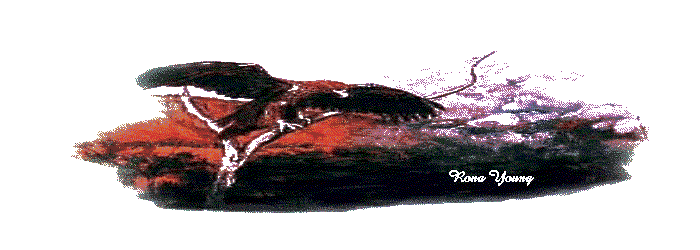


Contents |
Faraway Bay Archaeological Research. |
|||||||||||||||
|
|
The Faraway Bay area is an area that is culturally and ecologically unique in its diversity. Decisions on the overall management of this area can only be made on the basis of scientific research results. It also cannot happen unless residents and land owners for the area are proactively involved. Kimberley Specialists in Research has spent the last 5 years undertaking archaeological research in the general area of Faraway Bay . Kimberley Specialists has also facilitated and sponsored post graduate student broad based ecological research projects and other research projects in the area. Bush Camp Faraway Bay has contributed by building in a research levy into their tourism product. They have further sponsored ongoing research in the area by making their camp, guides and other facilities available to researchers working in the area. Rock Art: The range and diversity of rock art in the general area of Faraway Bay is extraordinary. The sites are often located in some of the most amazing geological rock formations found anywhere in the Kimberley . The rock art images range from petroglyph (engraved) to painted motifs and cover stylistic variations ranging from early cupule, hand stencils and red ochre infill animal and anthropomorphic motifs through to the Wandjina influenced period of rock art. An extraordinary range of the late Pleistocene Bradshaw art can also be found in almost every rock outcrop located throughout the area. Although there is a distinct regional variation in a lot of the Bradshaw anthropomorphic figures, the distinctive and elaborately costumed Walsh classified ‘sash’ and ‘tassel’ figures are also located in the general area of Faraway Bay . The archaeological evidence indicates that the Faraway Bay area may have been one of the central areas ‘settled’ by the painters of the Bradshaw style of rock art. The thousands of images found in the immediate Faraway Bay area and the incredible diversity and range of the Bradshaw motifs are providing a valuable insight into the social and cultural behaviour of the people who left this style of art behind. |